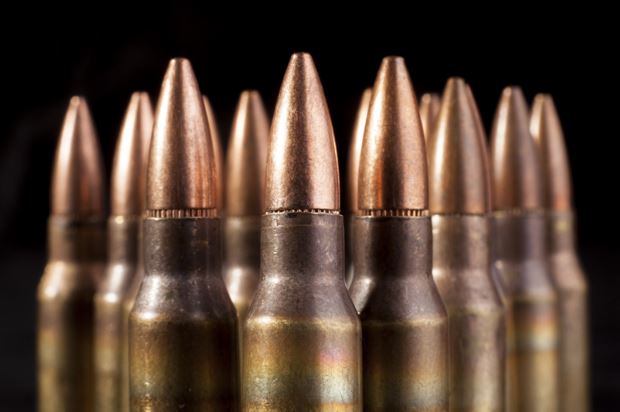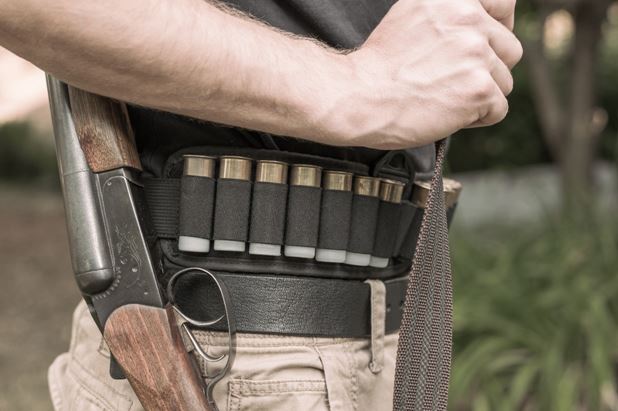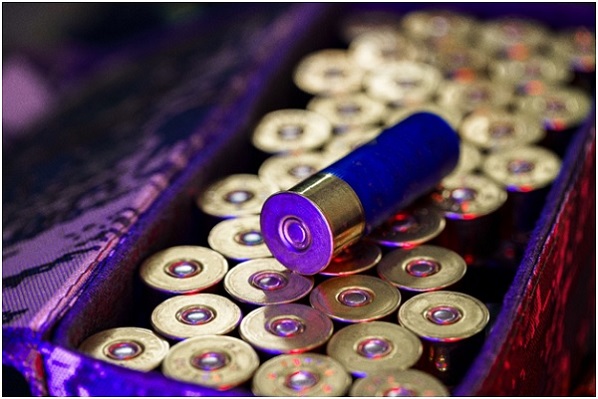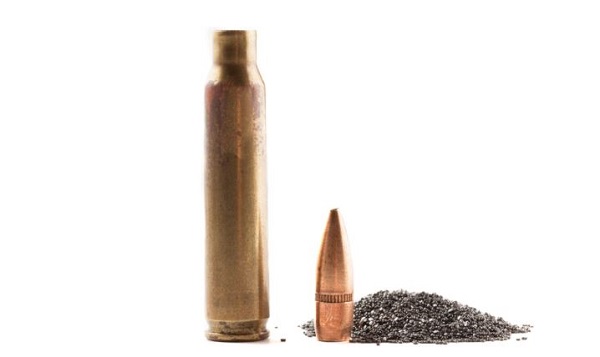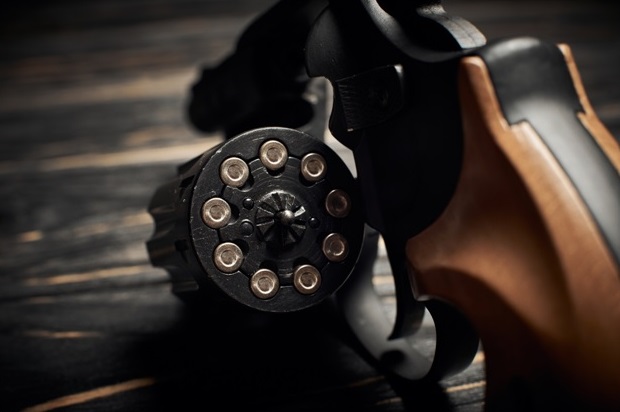
One of the first steps in getting started as a reloader is understanding the four basic components needed to create a loaded round of ammunition: brass case, primer, powder, and bullet. Each of these components plays a crucial role in ensuring that the loaded round performs as it should and doesn’t misfire. Understanding these basic components will help as you continue to learn more about reloading supplies and equipment.
Brass Case
If there is one component on which the other components rely, it’s the brass case. Brass case acts as a container for the powder while holding the primer and bullet at varying ends. There are many different reputable manufacturers of brass casings, so whether it’s for a pistol or rifle, you shouldn’t have a problem finding cases for the caliber you need.
Primer
The primer is a small cap-like device that ignites the powder initiating the combustion required for propelling the bullet. Primers come in an array of sizes so always check with a reloading manual or contact the manufacturer to ensure that the primer fits correctly. Surprisingly, primer performance varies considerably by manufacturer, and therefore, it’s best to stick with a brand you trust.
Powder
The powder, or reloading powder, is a substance that acts as the propellent for the round. Once ignited, the reloading powder turns into a gas, which creates tremendous pressure inside the casing. Eventually, the pressure becomes too great, forcing the bullet from the cartridge at an astonishing speed.
Reloading powders are typically divided into three categories: pistol, rifle, and shotgun powders; however, there is some crossover between them. Nonetheless, these categories offer good starting points for novice reloaders. It’s always best to buy a small amount of powder at first, and if it meets your needs, you can purchase a larger quantity.
Bullet
There is a seemingly endless variety of handgun and rifle bullets on the market, but some of the most popular types include:
- Lead Round Nose (LRN)
- Semi-Jacketed (SJ)
- Full Metal Jacket (FMJ)
- Hollow Point (HP)
- Hollow Point Boat Tail (HPBT)
- Soft Point (SP)
Each of these different bullet types has its own set of designated uses, such as for target shooting, hunting, or self-protection, and each is available in an assortment of weights and calibers. One of the main advantages of reloading your ammo is that you can easily and affordably test different types of bullets.
As with brass cases, there are numerous manufacturers of bullets, and so to avoid getting low-quality rounds, you should only use trusted brands, such as Hornady or ACME. This will help ensure that the bullets are made to strict tolerances with the optimal ballistic coefficient.
The Components of Reloading Success
As a novice reloader, it’s important to understand the individual components used in creating a loaded round of ammo, and how they function together. This will help increase the probability that the round will fire properly and safely. And while this is only a small part of reloading, with the right equipment and reloading supplies, you’ll be an expert in no time.
Titan Reloading is dedicated to helping novice and veteran shooting enthusiasts safely and properly reload their own ammunition every time. Let us hear about your ammo reloading tips and experiences via email. You’ll find updated stream of insights and tips on our blogs, newsletters, help videos, and FAQs.
Titan Reloading is a Master Distributor of Reloading Supplies& Equipment online. For further information and/or to shop our online store please visit www.TitanReloading.com or contact Titan Reloading at 262.397.8819 with any question.

